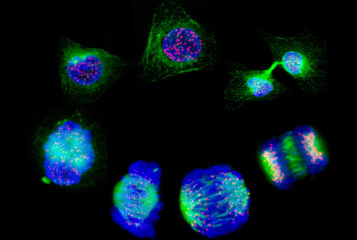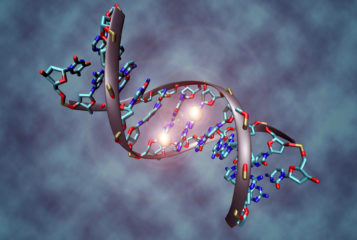Genome editing corrects hereditary genetic defects in immune cells
Genome editing has been used to successfully correct genetic defects in a mouse model of a fatal hereditary disease...
Dr Christina Burke is a Volunteer Writer at BioNews, having originally joined under the auspices of its writing scheme. Christina now works for Quell Therapeutics in London. She has completed a PhD at the Institute of Child Health (based at University College London and at Great Ormond Street Hospital for Children. There, her research focused on new therapies for the treatment of childhood cancers. She originally studied Natural Sciences at the University of Cambridge, and went on to obtain an MSc in Drug Discovery and Development at UCL's School of Pharmacy. She has also completed placements in HIV research and at the biotechnology company Immunocore, and she has worked at the World Health Organisation Antimicrobial Resistance Secretariat.

Genome editing has been used to successfully correct genetic defects in a mouse model of a fatal hereditary disease...

A new method of determining a person's 'biological age' by examining modifications to their DNA has been unveiled...

Unreliable direct-to-consumer fertility tests reporting hormone levels, were sold and processed in the UK for nearly 18 months after problems were initially identified...

A protective gene variant that enables the immune system to respond rapidly to COVID-19 has been uncovered by scientists...

Officials have launched a science strategy outlining how the UK will prepare for emerging health threats, aiming to cement the UK's position as a 'global science superpower'...

Centenarians have unique changes in their immune cell genomes, which may explain their longevity, according to new research...

The proportion of multiple births following IVF has fallen dramatically to six percent, according to the Human Fertilisation and Embryology Authority...

Surgeons have successfully transplanted a pig heart into a human recipient for the first time, enabled by genome editing...

Researchers have developed several new CRISPR techniques to modify the genomes of bacterial populations on a large scale...

Human stem cells from the placentas of healthy newborns may reduce brain injury in growth-restricted babies, new research in piglets shows...
BioNews, published by the Progress Educational Trust (PET), provides news and comment on genetics, assisted conception, embryo/stem cell research and related areas.

